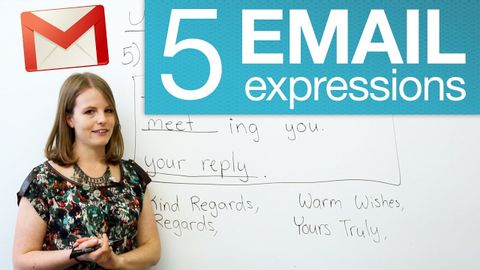
Phụ đề & từ vựng
Từ vựng video
practice
US /ˈpræktɪs/
・
UK /'præktɪs/
- n.phòng mạch (bác sĩ), văn phòng (luật sư);sự rèn luyện, sự luyện tập;thông lệ
- v.t./i.hành (nghề);ứng dụng, thực hiện;luyện tập;thực hiện, thi hành
A2 sơ cấpTOEIC
Thêm expression
US /ɪkˈsprɛʃən/
・
UK /ɪk'spreʃn/
- n. (c./u.)sự biểu lộ (tình cảm...), sự diễn cảm);thành ngữ, từ ngữ;biểu cảm, nét mặt;biểu thức (toán học);sự thể hiện, sự diễn đạt (trong nghệ thuật);sự diễn cảm (trong âm nhạc)
A2 sơ cấpTOEIC
Thêm common
US /ˈkɑmən/
・
UK /'kɒmən/
- n. (c./u.)khu công cộng;đất công
- adj.chung, công;phổ biến;bình thường, tầm thường;lan rộng, phổ biến;thô tục, thiếu tế nhị;(thuộc) danh từ chung
A1 sơ cấp
Thêm Dùng năng lượng
Mở khóa toàn bộ từ vựng
Mở khóa phát âm, giải thích và bộ lọc
